The Tetrarch, Light Tank MkVII was designed in the late 1930s to replace the existing fleet of British Light Tanks. The start of the war led to delays in production and eventually only around 150 were completed.
The design was adopted by airborne forces around July 1942 when the Airborne Light Tank Squadron, Royal Armoured Corps, was formed and attached to the 1st Airborne Division. Experiments began on transporting the Tetrarch in the Hamilcar glider. A lack of gliders prevented the unit from conducting operations in early 1943, including the invasion of Sicily and the squadron was transferred to the 6th Airborne Division in April 1943. It was later expanded and eventually became the 6th Airborne Armoured Reconnaissance Regiment.
During this period a number were rearmed with the 3 inch Close Support Howitzer whilst the 2 pounder armed variants had the 'Little John' adaptor added in an attempt to increase the power of the weapon. This 'squeezed' the 2 pounder shell to increase its muzzle velocity.
Their combat debut with airborne forces, however, was not to be made until D-Day, when as part of Op Tonga (the Airborne Assault into Normandy) the Tetrarchs landed in Hamilcar Gliders from Tarrant Rushton and Brize Norton airfields on the evening of 6 June 1944.
Several Tetrarchs were lost on landing and one crashed through its glider's doors whilst en route to Normandy. Within days a number of Tetrarchs had been lost to enemy fire as the type proved under armoured and under gunned in engagements with German tanks. Its speed, however, allowed it to fulfil the reconnaissance role with some success. By the end of the Normandy campaign the Tetrarch had been replaced by the Cromwell Cruiser Tank, now available in numbers from supplies coming from the UK.
The Cromwell, however, could not be carried by glider and for this role the American M22 Locust Tank replaced the Tetrarch from late 1944.
Statistics
Weight: 7,600 kilograms (17,000 lb)
Length: 13 ft 3 in (4.04 m)
Width: 7 ft 7 in (2.31 m)
Height 6 ft 11 in (2.12 m)
Crew: 3
Armour: 14 mm
Armament: 2 pounder (40 mm) or 3 inch Close Support (CS) Howitzer, 7.92 mm Besa machine gun
Engine: 12 cylinder petrol
Suspension: Coil spring
Range: 140 miles (230 km)
Speed: 40 miles per hour (64 km/h)

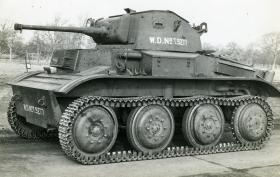
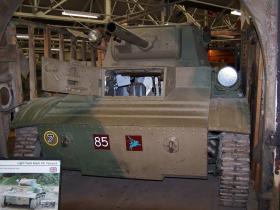
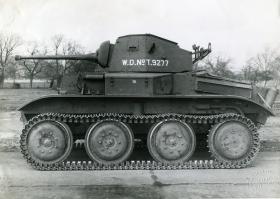
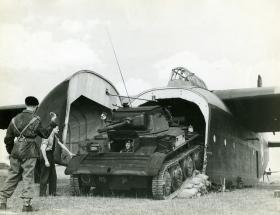
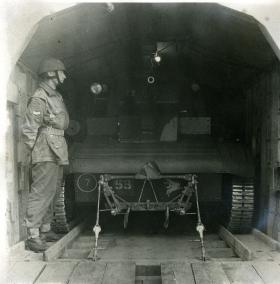
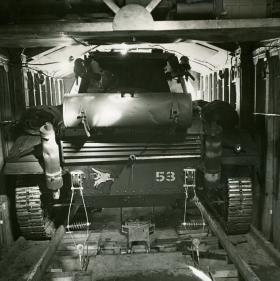
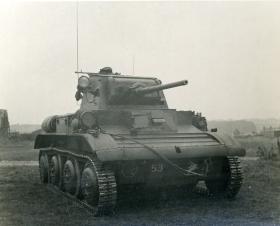
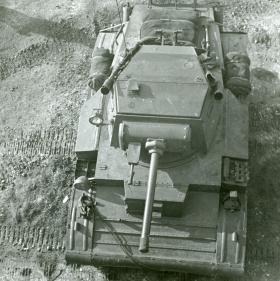
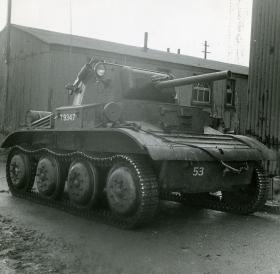
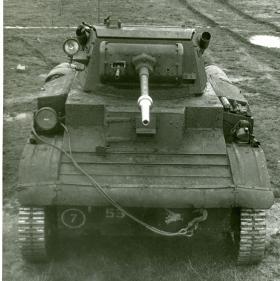
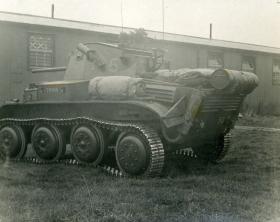
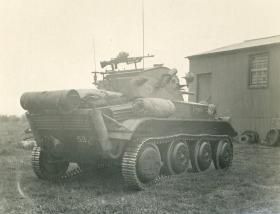
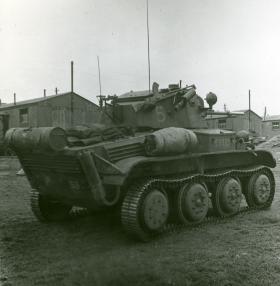
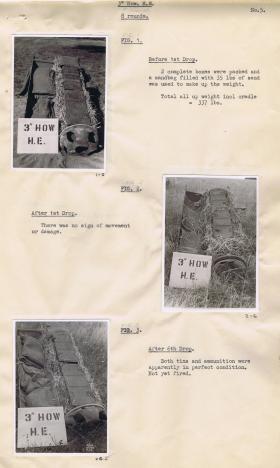
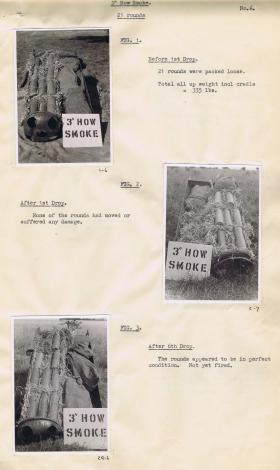
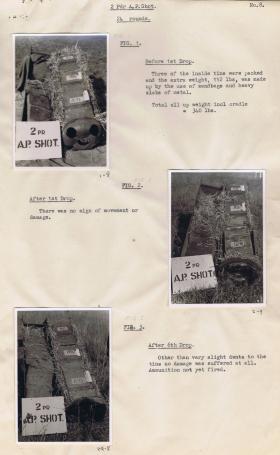



Latest Comments
There are currently no comments for this content.
Add Comment
In order to add comments you must be registered with ParaData.
If you are currently a ParaData member please login.
If you are not currently a ParaData member but wish to get involved please register.